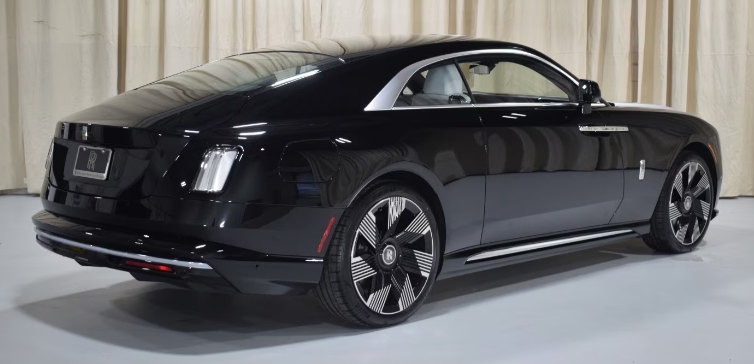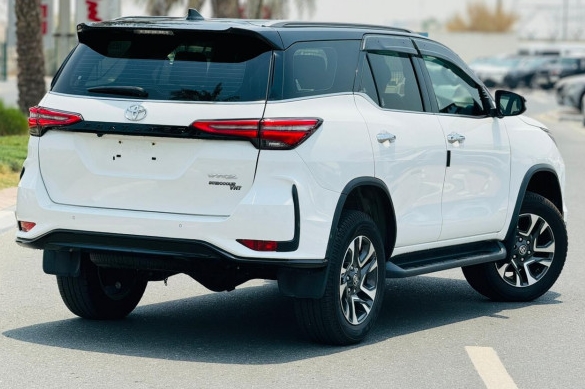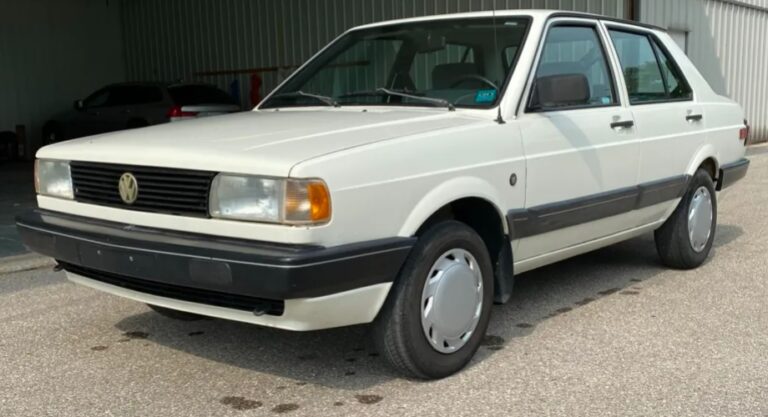The Evolution of Audi RS: A Legacy of Performance
Audi has made a name for itself in the world of high-performance automobiles, particularly with its RS (RennSport, or “Race Sport”) lineup. Since the introduction of the RS brand, Audi has consistently blended luxury with unparalleled performance, distinguished by its innovative engineering and advanced technology. Let’s delve into the history and evolution of the Audi RS models, including their years of production, notable features, and trim levels.
The Birth of the Audi RS: Audi RS2 Avant (1994-1995)
The Audi RS lineage began with the RS2 Avant in 1994. Designed in collaboration with Porsche, this model established the groundwork for future RS vehicles. The RS2 was powered by a 2.2-liter, five-cylinder turbocharged engine that produced 315 horsepower, with a 0 to 60 mph time of just 4.8 seconds. It was notable for its Quattro all-wheel-drive system that provided exceptional grip and handling in a variety of conditions.
The RS2 Avant featured aggressively styled exterior modifications, including wider fenders, unique bumpers, and a rear spoiler, setting a sporty tone that would characterize the RS line in later years. Limited to just 3,000 units produced, the RS2 has since garnered a cult following among enthusiasts.
The Era of Power: Audi RS4 (1999-2001)
The RS4 made its debut in 1999 as the B5 generation Audi A4. Produced from 1999 to 2001, the model came with a 2.7-liter twin-turbo V6 that generated 380 horsepower. The performance was astonishing for its time, with a 0 to 60 mph time of around 4.9 seconds. The RS4 was equipped with Quattro all-wheel-drive and featured a six-speed manual transmission, further solidifying the Audi performance ethos.
Visually, the RS4 featured a more aggressive stance with wider tracks, sportier suspension, and unique RS badging. Although only 6,000 units were produced, the B5 RS4 remains a high-point for many Audi aficionados.
Expanding the Lineup: Audi RS6 (2002-Present)
Launched in 2002, the RS6 further expanded Audi’s performance pedigree. The first-generation C5 RS6 was powered by a 4.2-liter twin-turbo V8 engine generating 450 horsepower. It was capable of accelerating from 0 to 60 mph in just 4.6 seconds. The RS6 was also distinguished by its distinctive styling that included flared wheel arches and bespoke wheels.
The current iteration of the RS6, the C8, was introduced in 2019. It features a 4.0-liter twin-turbo V8 engine that churns out 591 horsepower and boasts a 0 to 60 mph time of just 3.5 seconds. The C8 RS6 Avant retains the practical wagon format while offering attitude and performance unmatched in its class.
A New Direction: Audi RS Q Series (2006-Present)
Introduced in 2006, the RS Q series represents Audi’s commitment to performance SUVs. The RS Q7 was followed by the RS Q8, launched in 2019. The first-generation Q7 RS was powered by a 4.2-liter V8 producing 500 horsepower. The Q8, on the other hand, features a 4.0-liter twin-turbo V8 generating 591 horsepower, making it one of the most powerful SUVs on the market.
The RS Q models combine high-performance features with luxury and practicality, which has grown the appeal of the RS lineup significantly, catering to a wider audience that seeks both speed and versatility.
The Compact Sports Hatch: Audi RS3 (2011-Present)
The RS3 made its debut in 2011 with the Audi A3 platform. The first iteration, based on the A3 Sportback, featured a 2.5-liter five-cylinder turbocharged engine producing 335 horsepower. It showcased a 0 to 60 mph time of around 4.6 seconds, making it a formidable contender in the compact sports car segment.
The latest iteration, the RS3, was introduced in 2021. It boasts a 2.5-liter, five-cylinder engine producing 401 horsepower, showcased by impressive handling dynamics and a myriad of technological advancements. The model’s striking exterior now features aggressive aerodynamics, bold front grilles, and an unmistakable RS appearance.
Sports Coupes Reimagined: Audi RS5 (2010-Present)
The RS5 hit the market in 2010, based on the Audi A5 coupe. It was powered by a 4.2-liter V8 engine delivering 450 horsepower. The RS5 was celebrated for its striking design and engaging driving dynamics, completing the 0 to 60 mph sprint in 4.5 seconds.
In 2017, Audi launched the next generation RS5 powered by a 2.9-liter twin-turbo V6 engine producing 444 horsepower. This updated model emphasized greater efficiency and performance, reflecting Audi’s pushing of technology boundaries while maintaining its luxury attributes.
.

.
Audi’s Latest Arrival: The RS e-Tron GT (2022-Present)
Rounding out the Audi RS lineup is the RS e-Tron GT, launched in 2022. Unique qualifications make the e-Tron GT remarkable, featuring dual electric motors that propel the vehicle to an impressive output of 637 horsepower in its RS variant. The car can accelerate from 0 to 60 mph in just 3.1 seconds, showcasing Audi’s commitment to not just performance but also sustainable driving.
As a four-door coupe, the e-Tron GT combines performance with practicality and marks Audi’s future direction in the RS segment, blending performance with zero-emission technologies.
Conclusion: The RS Legacy
The Audi RS lineup has evolved dramatically since the introduction of the RS2 Avant in 1994. Throughout its years of production, the brand has released several iconic models—each characterized by their commitment to extraordinary performance, innovative technology, and luxurious details.
From the high-powered sedans and sporty hatchbacks to versatile SUVs and groundbreaking electric vehicles, the RS models have set the standard for performance and have continuously pushed the boundaries of what is possible in automotive engineering. With the ongoing evolution evident in newer models like the RS e-Tron GT, Audi’s RS series looks poised for an exciting future that embraces performance without sacrificing sustainability.
As the automotive world shifts towards electrification and modern technologies, Audi’s RS line remains a symbol of performance that appeals to driving enthusiasts and everyday drivers alike, confirming its place as a significant player in the high-performance automotive market.







